By Karen Tannenbaum
6/6
These last few working days I learned more about the Common Tortoise breeding/rehabilitation program, one of the Hai Bar’s most successful projects. My responsibilities now include maintaining enclosures for the youngest tortoises on the reserve, one of the red foxes, raptors in recovery cages, a few recovering small mammals, the nightjars, and (of course) the fruit bats. I worked on setting up a new, larger enclosure for the nightjars as well as a new enclosure for recovering raptors. I was allowed complete creative license to arrange the cages and fit them with new branches that I hunted for in the surrounding desert area. For the nightjars, I found larger, flat branches to allow them to sit naturally alongside the branch rather than across it (typical for nightjars). A major consideration when working in the desert is temperature control. In heat that reaches 120 degrees it’s imperative to think of ways to keep enclosures cool. To alleviate these concerns, I shielded the cages in layers of light, breathable cloth and included hollowed out rocks for shade.
Also, I found some more bat babies this week! It’s been so delightful watching the babies begin to leave their mothers and start flying on their own. Too cute.

6/10
I was invited to a staff BBQ tonight and afterward I was given the opportunity to observe and assist during the night feeding for the predators at the Hai Bar. Upon entering a fox cage, I noticed a rather large creature scurrying across the sand in front of me. Upon further investigation, I discovered that this creature was actually a gigantic, frightening camel spider. Not going to lie, until this point I was pretty sure that these animals were a total myth. False. They definitely exist, and this one definitely petrified me. Eek!
6/11
Today, a Dag lizard was released. While I did not have the opportunity to join in on the release, I did have the pleasure of assisting in maintaining the prehistoric-looking lizard’s enclosure for his stay up until his release. This is what I love about working in wildlife rehabilitation. While it can be poignant to not see an animal that you become used to caring for each shift, it is rewarding to know that they are returned their rightful place in the wild. Good luck, lizard!

6/17
Today, two pelicans were brought to the reserve for rehabilitation. Pelicans! Finally, an animal I’m used to working with. A Great White Pelican was the first to arrive, followed soon after by a Pink-backed Pelican. The managers at the Hai Bar were aware that I regularly volunteer at the Wetland and Wildlife Care Center, and as such invited me to a private meeting to discuss the pelican habitat. I explained the WWCC’s “peli-pen” set-up and the managers gave me a leading role in setting up the pelican enclosure and allowed me to spend my day observing and reporting the birds’ behavior and food intake. My most pressing concern was keeping them misted to avoid overheating in treacherously hot weather and making sure they have fresh, cool water. Additionally, I was invited to accompany the director of the Hai Bar on the drive to Tel Aviv to transfer the pelicans to an animal hospital. While I felt honored to be trusted with care of the pelicans, I also became especially homesick for the WWCC!
Now I get to spend a few days enjoying Tel Aviv before heading back to the desert. :)




Leave a Reply
You must be logged in to post a comment.